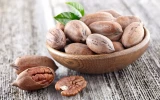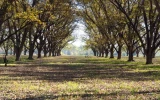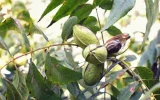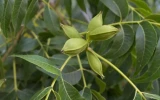How Many Pounds of Pecans per Tree on Average?
If you're a pecan lover or farmer, you may be wondering how many pounds of pecans you can expect to harvest from a single tree. While the answer may vary depending on several factors, such as the age of the tree and the growing conditions, there are some general guidelines that can give you an idea of what to expect. In this article, we'll explore the average yield of pecans per tree and what factors can affect it.
On average, a healthy pecan tree can produce between 70 and 150 pounds of nuts per year once it begins bearing at 6–10 years of age. Younger trees usually produce fewer nuts, with some yielding only 50 pounds per tree around the 10th growing season, and 100 pounds in the 15th growing season.
While pecan trees can produce a significant amount of nuts when given the proper care and conditions, it will still vary depending on factors such as tree health, maintenance, and environmental conditions. Let's learn more about these factors below, and how we can further improve pecan production.
Summary
- An average healthy pecan tree can produce 70–150 pounds of nuts per year. Young pecan trees can only produce around 50 pounds in the 10th growing season, but it can escalate to a hundred pounds once it reaches the 15th growing season.
- Different varieties of pecan trees have different yield capacities. The "desirable" variety of pecans can produce 70–80 pounds of nuts per year, while the 'Stuart' variety can only yield 50–60 pounds of nuts per year.
- The spacing between the trees, the soil quality, and the amount of water being provided are some of the factors that affect the yield you can get from a single pecan tree. Tree maintenance can also affect the yield from the tree, so be sure to practice regular pruning, proper fertilization, and pest and disease management.
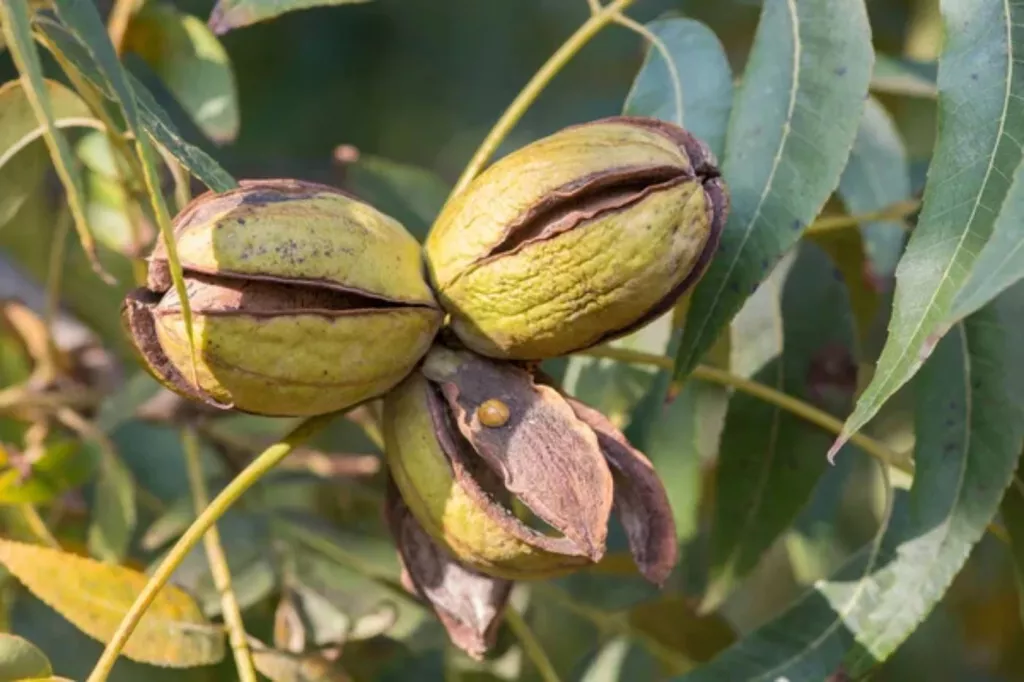
On this page:
Average Yield Per Pecan Tree
When you start growing a pecan tree, you might want to take note that seedlings and mature trees have different yield potentials. Seedlings typically take about 6 to 10 years to begin bearing nuts, initially producing a few pounds of nuts per year. But there are fast-growing pecan seedlings which can already start producing at 4 - 6 years of age.
In contrast, mature pecan trees can yield anywhere from 70 to 150 pounds of nuts per year, with some trees even producing up to 200 - 250 pounds of nuts in a good year. Pecan trees mature only when they reach 20–25 years old.
Younger trees, on the other hand, usually produce fewer nuts, with some yielding only 50 pounds per tree around the 10th growing season, and 100 pounds in the 15th growing season.
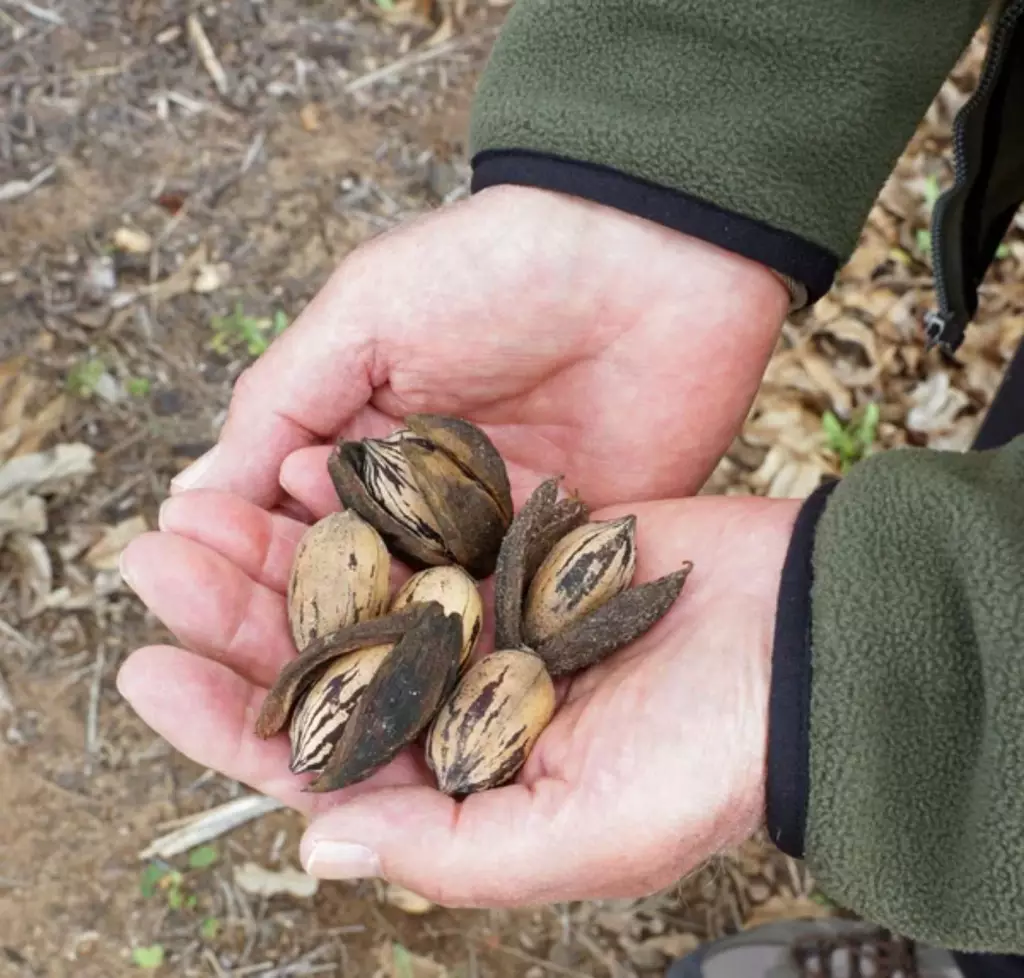
However, regardless of age, pecan trees do not produce an abundant crop each year. They have an alternate bearing cycle, wherein they produce a heavier crop one year and a lighter one the following year. You can harvest pecan nuts between October and December, but some may be ready for harvest around September.
Below is a table showing several varieties of pecan trees that grow across America, specifically in states like Texas, Georgia, and Oklahoma, and their average production per tree:
| Pecan Tree Variety | Annual Average Production per Tree |
|---|---|
| Desirable | 70-80 pounds |
| Stuart | 50-60 pounds |
| Pawnee | 50-60 pounds |
| Kiowa | 40-50 pounds |
| Cheyenne | 40-50 pounds |
| Cape Fear | 40-50 pounds |
| Caddo | 30-40 pounds |
The Desirable variety provides a good yield but might require more care to avoid diseases. Pawnee, on the other hand, can bear early, which makes it popular among commercial growers. The Stuart variety is resistant to diseases, which allows it to produce more pecans. Cape Fear, however, adapts well to various soil types and produces above-average quality nuts.
Factors that Affect Yield of Pecan Trees
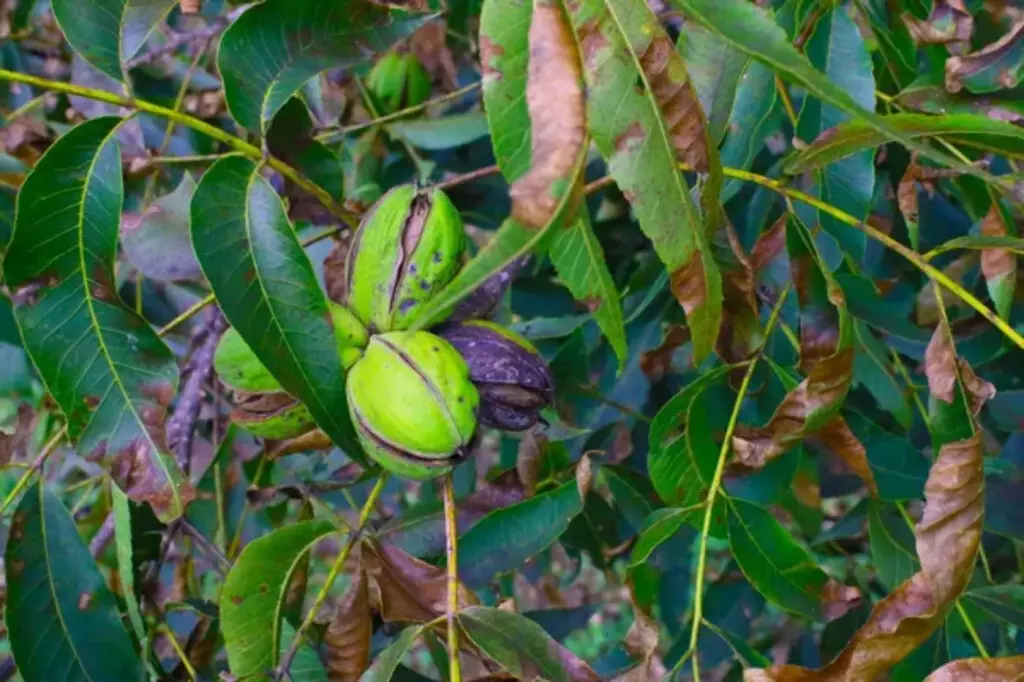
The spacing between your pecan trees
The spacing between trees influences their ability to grow and produce nuts. It is recommended to plant pecan trees with a spacing of about 60 to 80 feet apart. This ensures that they have enough room to grow, receive sufficient sunlight, and avoid competition for nutrients and water.
Soil quality and water adequacy
Pecan trees grow best in well-draining soil and require an adequate water supply. Certain soil types, such as sandy loam, can provide ideal conditions for pecan trees. Additionally, you may need to provide regular irrigation, as pecan trees can require nearly 680 to 850 gallons of water per pound of nuts produced.
Proper fertilization and regular pruning
Proper fertilization can help optimize pecan production by providing a balance of nutrients, especially if your pecan trees are old. Fertilization is a good way to revitalize old pecan trees so they can still produce nuts abundantly. You can perform a soil test first to know which nutrients your tree lacks, and choose a fertilizer that will suffice the need based on the results.
On the other hand, practicing regular pruning helps maintain a well-structured canopy, which can enhance your trees' growth and yield potential.
Pest and disease management
Pecan trees can be prone to diseases and pests, so you may want to have regular monitoring and timely treatments that can protect your trees from potential threats and avoid significant yield loss.
Providing ideal growing conditions
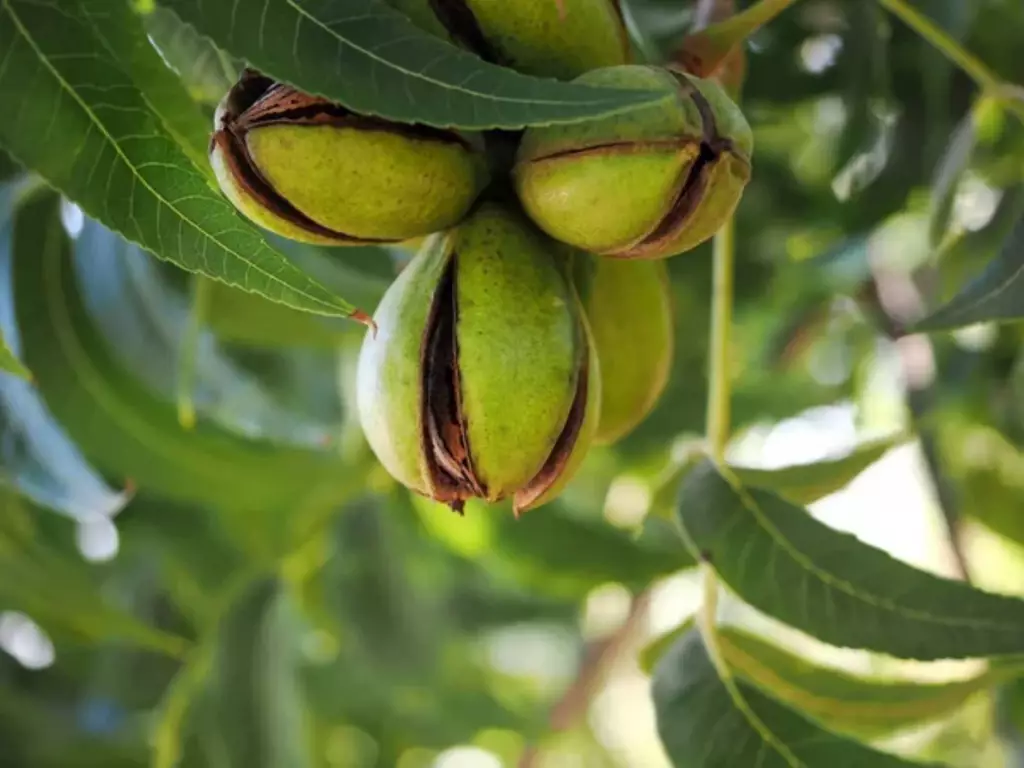
You may be required to know the ideal growing conditions of pecan trees so you will know which to adjust or improve.
- Climate: Pecan trees grow best in warmer climates with long, hot summers and mild winters. They are typically hardy in USDA zones 6-9.
- Sunlight: They require full sun, meaning at least six hours of direct sunlight daily.
- Soil: Pecan trees prefer well-draining, deep soils with a pH level between 6.0 and 6.5. Sandy loam soil is ideal for these trees.
- Water: Consistent watering is essential for pecan trees, particularly during their initial growth and when they are bearing nuts.
3 Tips to Improve Pecan Production
To maximize your harvest from a single pecan tree, here are a few key practices to focus on:
Fertilize a pecan tree the right way
Provide your tree with essential nutrients to support healthy growth and increase its ability to produce more pecans. Perhaps, consider using a balanced fertilizer appropriate for pecan trees, such as a 10-10-10 blend. This ensures your tree receives equal amounts of nitrogen, phosphorus, and potassium.
You may apply the fertilizer in the spring and early summer, as this is when your tree will be focusing on producing leaves and nuts. However, you might want to be more mindful of the amount of fertilizer you use. Too much can lead to excessive growth of branches and leaves, potentially reducing nut production.
Try following the instructions on your fertilizer regarding application rates so you know the right amount. You may also want to divide the application process into three different phases instead of applying all at once.
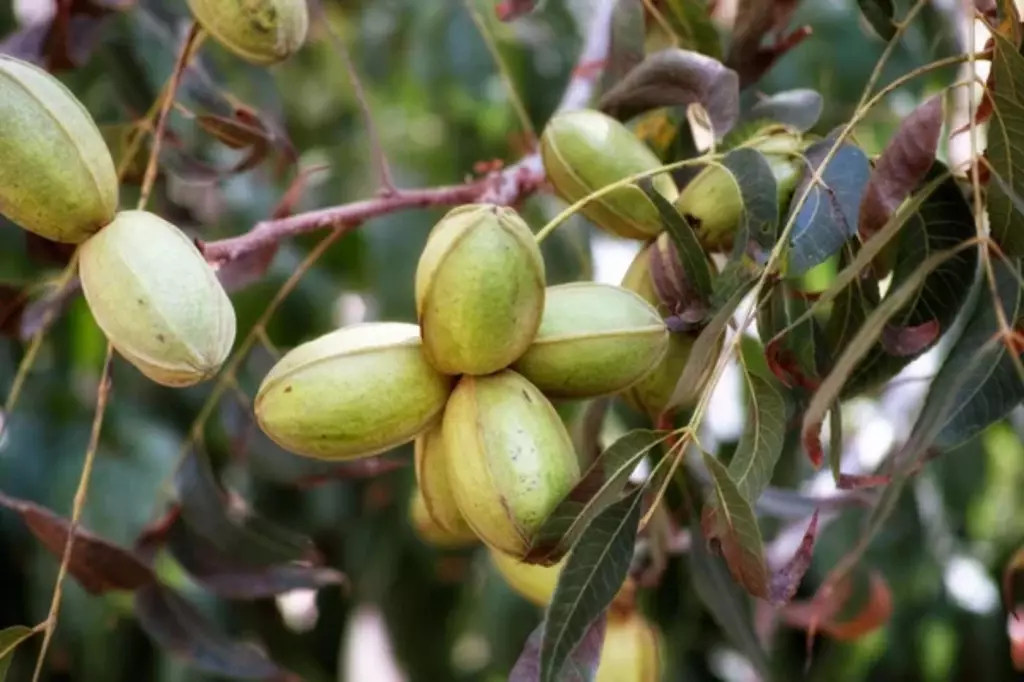
Provide pecan trees with efficient irrigation
You can try to establish a regular watering schedule for your tree, especially during its first few years of growth. This will help develop a robust root system, enabling your tree to withstand drought conditions in the future.
Keep in mind that pecan trees require an estimated 680 to 850 gallons of water per pound of nuts depending on soil type, so you may want to use that information when planning your irrigation strategy.
By now, you should know that overwatering can also be harmful to your tree, as it can result in root rot and reduced production. With this, perhaps you'll want to monitor the soil's moisture level and adjust irrigation accordingly.
Make the most of pruning efforts
Regularly pruning your pecan tree promotes air circulation, sunlight penetration, and even the distribution of nutrients. This leads to a healthier tree with improved nut production. Here's how to make the most of your pruning efforts:
-
Remove any dead, diseased, or damaged branches to prevent the spread of disease and maintain your tree's overall health. Trim back crowded or crossing branches to improve airflow and sunlight exposure. This helps reduce the risk of fungal infections and encourages a more productive and evenly distributed crop.
-
When pruning, strive to maintain the tree's natural shape. Pecan trees typically have a central leader, with strong scaffold branches radiating outward. You could try preserving this shape, as this structure gives the tree more stability and maximizes its production even better.
